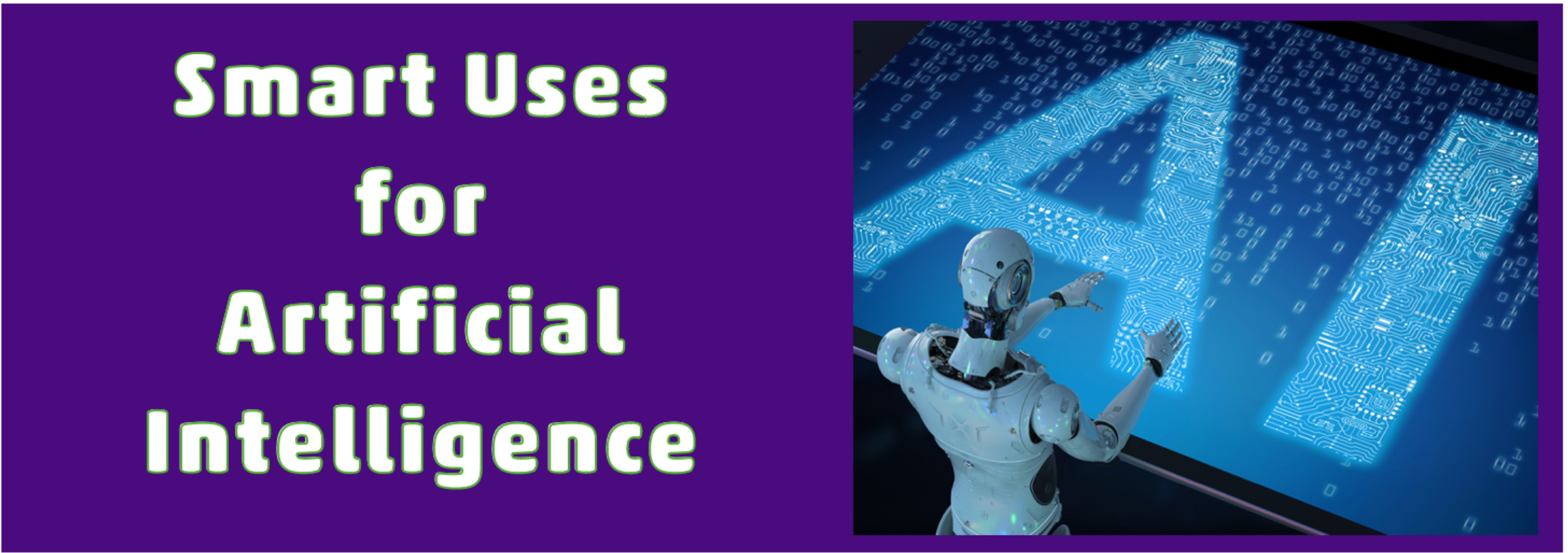The Technology Page:

What Should We Be Teaching About AI in Primary Education?
AI Literacy: A New Core Competency for Our Learners
In a world where artificial intelligence (AI) powers everything from YouTube recommendations to voice assistants and self-driving cars, it's increasingly clear that AI literacy is as essential as reading, writing, and numeracy. But what does this mean in a primary school context? What should young learners be exposed to—and why?
Why Teach AI in Primary School?
AI is no longer confined to science fiction or advanced computer science classrooms. It now shapes every industry, and its societal impact is already profound.
According to UNESCO (2021), digital literacy, including an understanding of AI, is a foundational skill for all learners. Similarly, the World Economic Forum (2020) lists AI literacy among the top skills needed for future employment, noting that today’s five-year-olds will graduate into a world shaped by intelligent systems.
“Children must learn not just how to use AI but how it uses them.” – Prof. Sandra Wachter, Oxford Internet Institute
Teaching AI in primary school isn’t about producing young coders. It’s about helping students:
- Understand the role AI plays in their lives
- Think critically about its benefits and risks
- Become active, ethical participants in an AI-rich society
What Should Students Learn?
Here are five key focus areas for a primary AI curriculum:
1. Foundational Understanding: What AI Is (and Isn’t)
Start by defining AI simply: “It’s a kind of computer program that learns from data and can make decisions.” Help students understand that AI isn’t human and doesn’t “think” the way we do.
Example:
Compare Siri or Alexa to a human friend. Both can answer questions, but only the friend understands emotions, intentions, and nuance.
Research Insight:
Children often overestimate AI’s abilities and assume it has human-like understanding (Druga et al., 2017, MIT Media Lab). Early AI education helps correct misconceptions and develop digital discernment.
2. Everyday AI Applications
Make it real by exploring how AI is already part of daily life:
- Netflix or Spotify recommendations
- Traffic and weather apps
- Google Translate
- Facial recognition on devices
Encourage discussion around:
- What data is being collected?
- Who benefits? Who might be left out?
Research Insight:
Bjørgen and Erstad (2021) argue that even young children can engage in meaningful conversations about the societal role of technology when given relevant examples.
3. The Basics of How AI Works
Teach simplified versions of the core building blocks:
- Algorithms: step-by-step instructions
- Machine learning: learning from lots of examples
- Data: the fuel AI uses to learn
Classroom Example:
Create a “machine” that sorts animals by features. Students role-play feeding it examples (data) and adjusting its sorting rules (algorithms).
4. Ethics and Bias in AI
Introduce age-appropriate discussions about fairness. For example:
- What if a robot thinks only boys like science?
- What if a game only understands some accents?
Research Insight:
AI systems often reflect biases in the data on which they are trained (Buolamwini & Gebru, 2018). Even simple examples can prompt powerful discussions about fairness, equity, and inclusion.
5. The Human Difference
Help learners distinguish between human and machine capabilities:
- Machines can calculate faster, but they don’t have feelings.
- Humans can be creative, empathetic, and ethical.
Learning Outcome:
Students should come away with a healthy sense of curiosity and scepticism. They should ask:
“How does this work?”
“Why was it made this way?”
“Who benefits—and who doesn’t?”
Cultural and Local Relevance
This journey must be culturally responsive. Mātauranga Māori perspectives offer valuable frameworks for ethics, interconnectedness, and care, qualities often missing in AI systems.
Example:
Use the value of manaakitanga (care and respect for others) to guide discussions about ethical AI.
Final Thoughts: AI Literacy is Equity
Teaching AI early is not just a technological imperative—it’s a social one. Without deliberate education, only the privileged few will learn to question and shape AI, while others become passive consumers.
We need to equip our children to use AI and to understand, challenge, and improve it.
References
- Buolamwini, J., & Gebru, T. (2018). Gender Shades: Intersectional Accuracy Disparities in Commercial Gender Classification. Proceedings of Machine Learning Research.
- Druga, S., Williams, R., Breazeal, C., & Resnick, M. (2017). “Hey Google is it OK if I eat you?”: Initial Explorations in Child-Agent Interaction. Proceedings of the 2017 Conference on Interaction Design and Children.
- Bjørgen, A. M., & Erstad, O. (2021). Digital literacy and epistemic practices in children’s everyday lives. Learning, Media and Technology.
- UNESCO (2021). AI and Education: Guidance for Policymakers.
- World Economic Forum (2020). The Future of Jobs Report.

